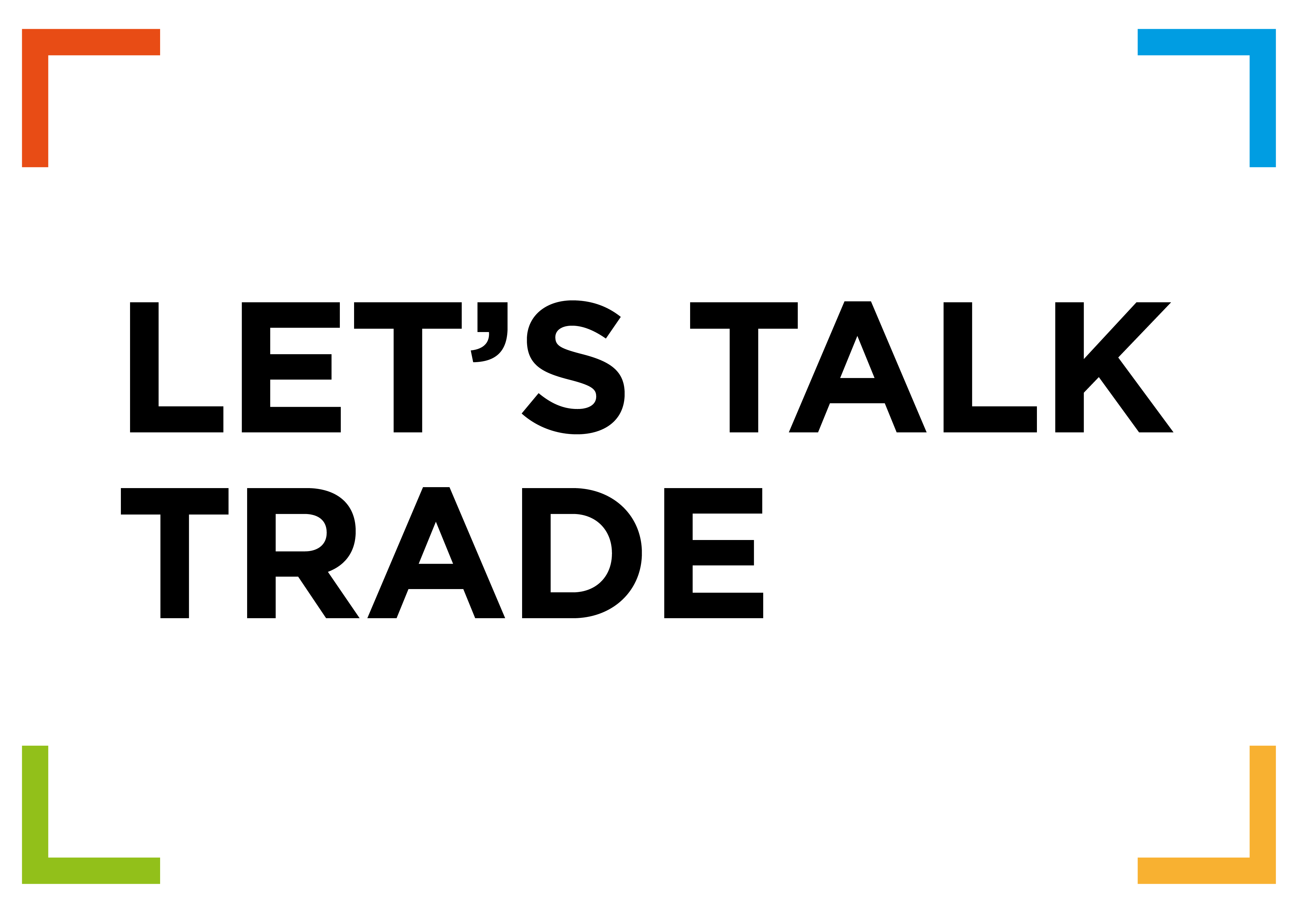LET’S TALK TRADE
You can download and read the report here
Video
> Download (right-click and select “Save as” to download and view offline) Quality: > help
If you want to go deeper into this topic, here are a few reading suggestions and links:
- Presentation of the World Trade Report 2018 by the other authors of the report:
- Publication and seminar about blockchain and its implications for international trade
- WTO Research on digital technologies and e-commerce:
Technology improvements always had impact on trade. So what's new this time?
Trade has always been shaped by technological advances. The classic example is the invention of the container and its widespread adoption from the 1950s. Before that, the industrial revolution itself was a turning point for the quantity of goods available for commerce across borders. Steamships and railways dropped the cost of transport one century ago. More recently, the advances in communication technologies allowed for the spread of global value chains, or production chains that spread across countries. Improved communications made it easier for factories in distant countries to coordinate their work.
So, what is new right now? In short, the pace of adoption of new technologies keeps accelerating. The shift from analogue to digital technologies has changed the world beyond recognition in only a few decades, giving rise to global value chains spreading across multiple countries. Earlier technological revolutions played out over generations.
The rapid development of digital technologies in recent times has the potential to transform international trade even more profoundly in the years to come. The World Trade Report 2018 examines how digital technologies — and in particular the Internet of Things, artificial intelligence, 3D printing and Blockchain — affect trade costs, the nature of what is traded and the composition of trade. It estimates how global trade may be affected by these technologies by 2030.
One of the most significant impacts of digital technologies is the extent to which they will reduce trade costs. In addition, digital technologies will affect the composition of trade by increasing the services component, fostering trade in certain goods such as time-sensitive products, changing patterns of comparative advantage and affecting the complexity and length of global value chains. A number of simulations outlined in the Report show that future technological changes are expected to increase trade growth, especially in trade in services, and that developing countries are likely to gain an increasing share of global trade.
The expansion of digital trade is likely to entail considerable benefits; international cooperation is needed to help governments ensure that digital trade continues to be an engine of inclusive economic development.
You can download and read the report here
Special thanks to…
Our experts in this video:
- Ankai Xu, Research Economist, WTO's Economic Research and Statistics Division
- Emmanuelle Ganne, Senior Analyst, WTO's Economic Research and Statistics Division
The Avatarion team, who allowed Pepper robot to be part of our video:
- Michelle Meguep Sakam, Software Engineer
- Thierry Perronnet, General Manager
… and to you. This video was produced by the WTO's audio-visual unit for information purposes, and for as wide dissemination as possible. Please share and recommend this video and others in this series from our social networks, or download it from this page (instructions near the playback window).
Share

Problems viewing this page? If so, please contact [email protected] giving details of the operating system and web browser you are using.
